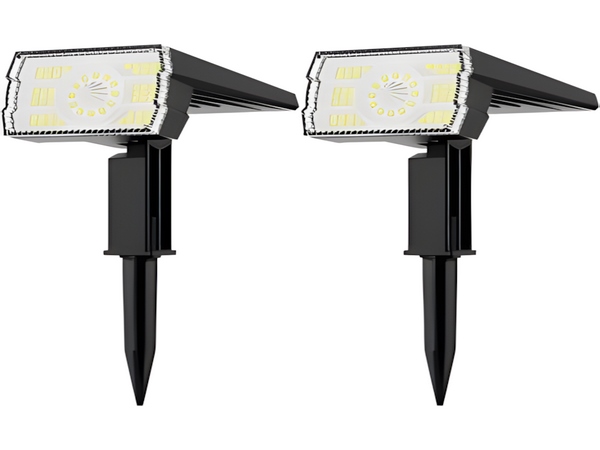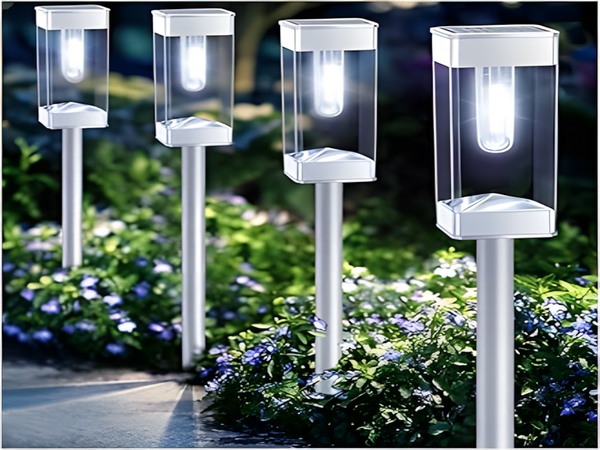
Solar street lights are well-known for their use of natural energy, featuring energy-efficient and high-efficiency characteristics, while also providing safe and stable functionality. Different lamp post styles can be customized based on various environments to meet installation requirements, resulting in a more aesthetically pleasing and environmentally friendly design. This aligns with the current energy-saving standards of societal development. How can the effectiveness of solar street lights be ensured on rainy days? Let’s take a look.
1. Selection of Solar Panels
The amount of light energy absorbed by solar panels over a specific period is constant; however, their photovoltaic conversion efficiency varies under the same conditions, which affects the time required to fully charge the batteries. During winter, when sunlight is less intense, a higher photovoltaic conversion efficiency is necessary to ensure the batteries are fully charged. Solar panels are made from either monocrystalline or polycrystalline silicon. Under the same environmental conditions, monocrystalline panels generally have a higher conversion rate compared to polycrystalline panels, which require a larger area to achieve the same rate.
2. Selection of Batteries

The battery is also a core component of solar street lights. In winter, with shorter daylight and longer nights, two aspects need consideration: cold resistance and battery capacity. Temperature affects battery characteristics; if the battery has poor cold resistance, its activity will decrease, impacting its charging and discharging capabilities. Additionally, capacity diminishes and lifespan shortens, making cold resistance crucial. Commonly used types of batteries include lead-acid and lithium iron phosphate. Lithium iron phosphate batteries are more recommended due to better chemical stability, larger capacity, deeper discharge depth, higher charging and discharging efficiency, and greater environmental friendliness compared to other types.
3. Timely Cleaning

Apart from the selection of main components, regular maintenance of solar street lights is important, especially after winter snow. Accumulated snow can create shaded areas that prevent solar panels from receiving sunlight and cause uneven operation, which can decrease the lifespan of the panels. Therefore, it is essential to promptly clear any obstacles from the solar panels.
The information shared here about ensuring the effectiveness of solar street lights on rainy days highlights that, with technological advancements, solar street lights have overcome the limitations of traditional electric street lights and can safely and stably operate in various environments. They meet the needs of different surroundings while providing superior lighting effects, fulfilling the road lighting requirements of urban areas.



